Table of Contents
Parentheses ( ) are punctuation marks used to enclose extra information, explanations, or clarifications within a sentence. They help provide additional details without disrupting the main idea. Parentheses can contain words, phrases, or even complete sentences, making writing clearer and more informative while maintaining readability.
What are Parentheses?

Parentheses ( ) are curved punctuation marks used to add extra information, explanations, or clarifications without disrupting the sentence’s flow.
Examples:
She bought a new laptop (for school).
I finally visited Paris (the city of lights) last summer.
Please submit your forms (if you haven’t already) by Friday.
When to Use Parentheses
Parentheses are used to add extra information, explanations, or clarifications in a sentence without disrupting its main message. Here are common situations where parentheses are useful:
1. Adding Extra Information:
Parentheses can provide additional details that are not essential to the main sentence but offer helpful context.
- The concert (which was sold out) was amazing.
2. Clarifying or Explaining Terms:
Use parentheses to explain a term or abbreviation for better understanding.
- He was promoted to CEO (Chief Executive Officer) last year.
3. Indicating Dates, Times, or Locations:
Parentheses can specify dates, locations, or times within a sentence.
- We’ll meet at the café (on Main Street) at 6 PM.
4. Referencing Sources or Citations:
In academic or formal writing, parentheses are often used to cite sources or references.
- Social media has a significant impact on youth behavior (Johnson, 2018).
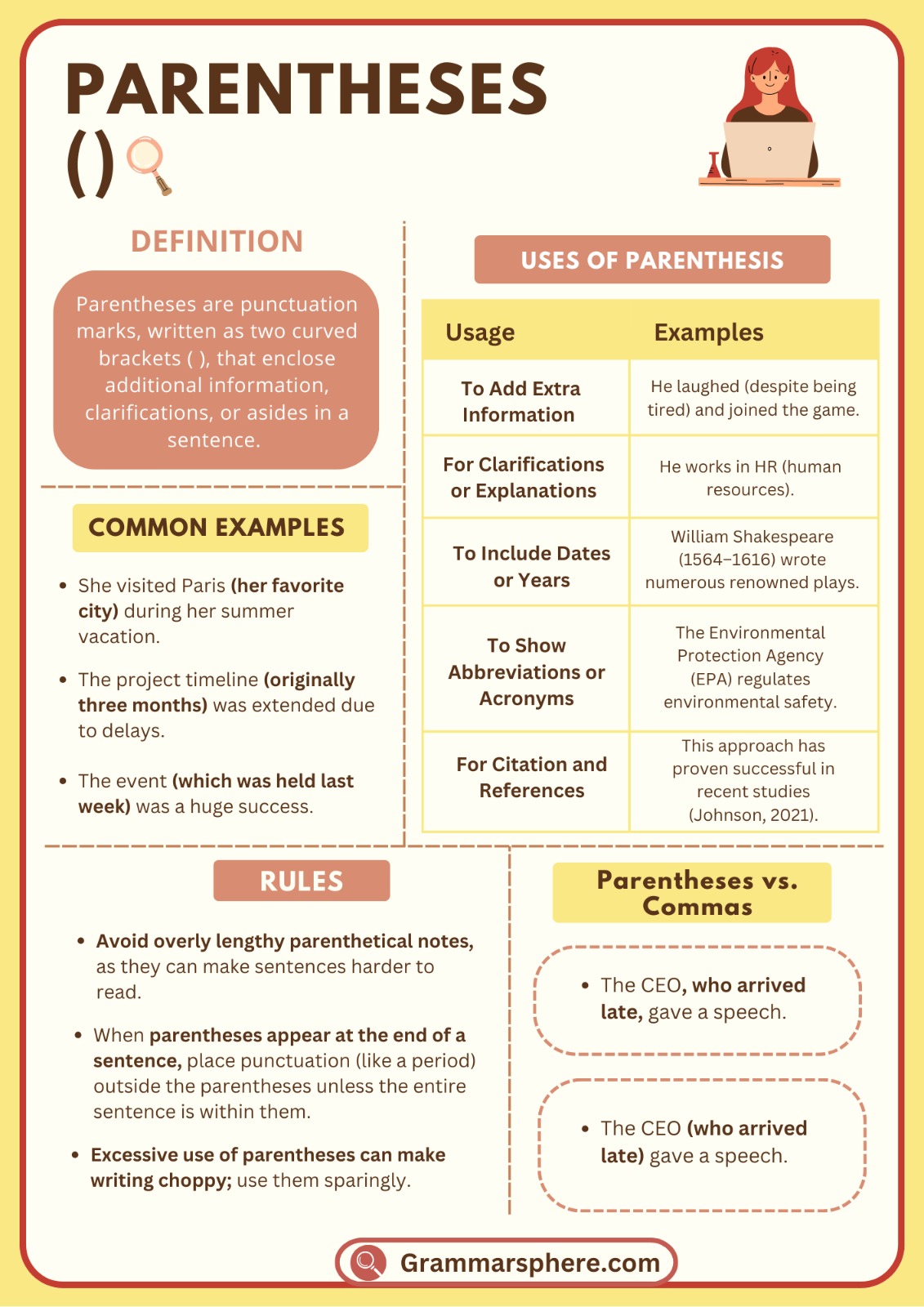
Parenthesis vs. Parentheses
| Term | Definition | Example |
|---|---|---|
| Parenthesis (Singular) | Refers to a single curved mark ( or ). It can also refer to a word or phrase enclosed within these marks. | He left early (before the meeting started). → The phrase “before the meeting started” is a parenthesis. |
| Parentheses (Plural) | Refers to both curved marks ( ) as a pair. Used when mentioning them together. | She bought apples (her favorite fruit) and oranges. → The marks ( ) are parentheses. |
Side-by-Side Parentheses
Side-by-side parentheses are used when you need to include two separate pieces of additional information within a sentence. This can be helpful when providing extra details, clarifications, or examples without disturbing the main point of the sentence.
Examples:
- The meeting (Monday at 10 AM) (Room 5) is mandatory for all staff.
- Her favorite colors (blue) (green) are both calming.
- Please bring your ID (driver’s license) (passport) for verification.
Rules for Using Parentheses
Parentheses are helpful punctuation marks that allow writers to include extra information, explanations, or side notes without breaking the main flow of the sentence. Here are five key rules to follow when using parentheses:
1. Add Non-Essential Information
Use parentheses to add extra information that isn’t essential to the sentence’s main meaning. This can include explanations, details, or comments.
- She completed her project (despite several challenges) on time.
2. Place Punctuation Outside Parentheses for Sentence Continuation
If the parentheses are part of a sentence, any punctuation (like commas or periods) should go outside the parentheses.
- They visited three cities (Paris, Rome, and Athens) during their trip.
3. Use Parentheses for Full Sentences Within Another Sentence
If the information in parentheses forms a complete sentence, place the period inside.
- She passed the exam. (She studied hard for months.)
4. Avoid Using Parentheses Repeatedly in One Sentence
Too many parentheses in a sentence can make it hard to read. Use them only when the information is helpful but not essential.
- The workshop (which was highly informative) was attended by many students.
5. Use Parentheses to Clarify Abbreviations or Dates
Parentheses can clarify abbreviations or specific dates in a sentence.
- He was appointed CEO (Chief Executive Officer) in 2021.
What are Brackets in Writing?
Brackets are punctuation marks used in writing to add extra information, make clarifications, or modify part of a sentence, often within quoted or technical text. They help make sentences clearer by adding explanations, details, or corrections without changing the original meaning of the text.
Brackets are especially useful in academic or formal writing when it’s important to clarify a specific point or add context.
FAQs on Parentheses vs Brackets
1. What are parentheses used for in writing?
Parentheses are used to add extra information, explanations, or comments within a sentence without interrupting its main message.
2. How are parentheses different from brackets?
Parentheses add non-essential information to a sentence, while brackets are mainly used to clarify or modify text within quotes.
3. Can I use parentheses for complete sentences?
Yes, if a sentence inside parentheses is complete, you can include it with its own punctuation.
4. Should punctuation go inside or outside parentheses?
Punctuation goes outside if the parentheses are part of the main sentence but inside if the parentheses contain a complete sentence.
5. When should I avoid using parentheses?
Avoid using parentheses repeatedly in a single sentence, as it can make the sentence hard to read. Use them only for helpful but non-essential information.
You May Also Like

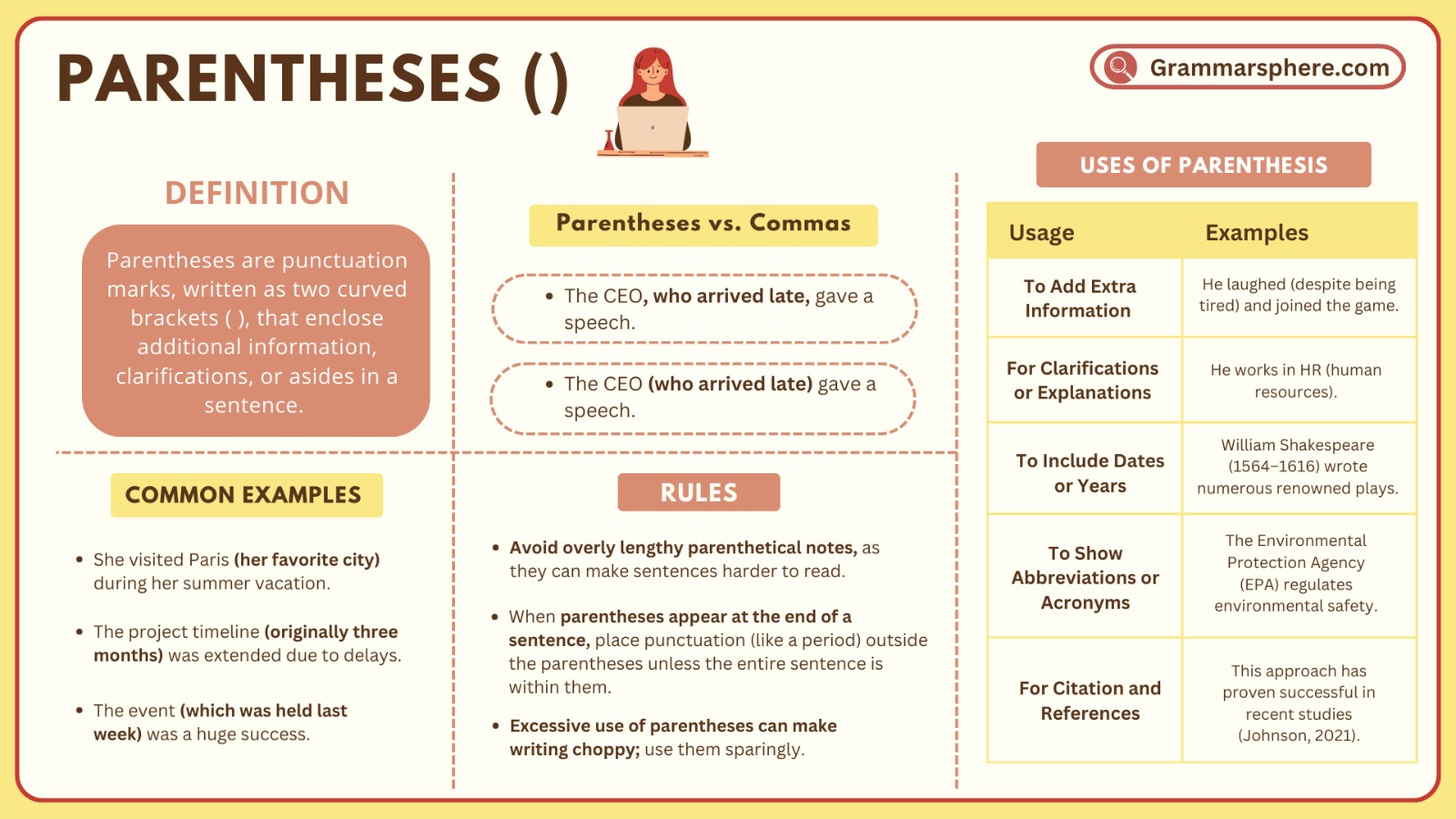
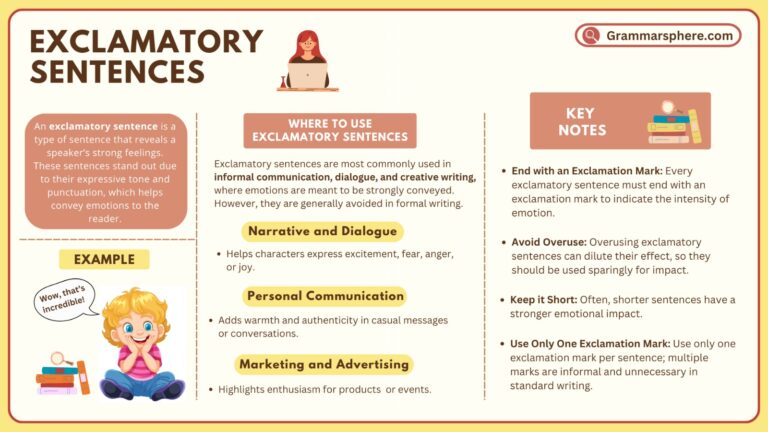
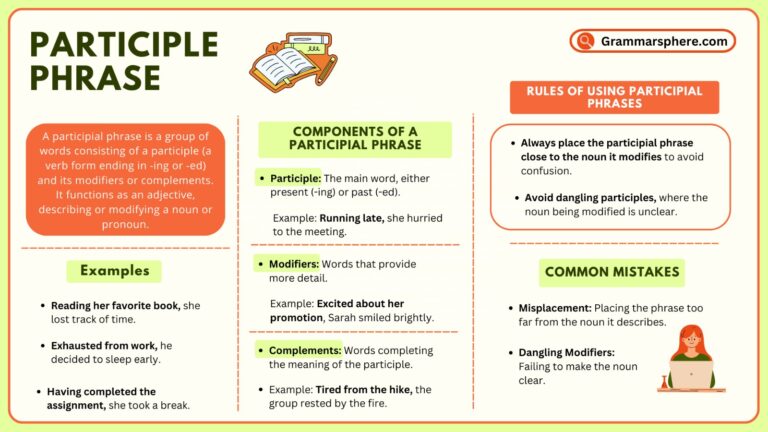
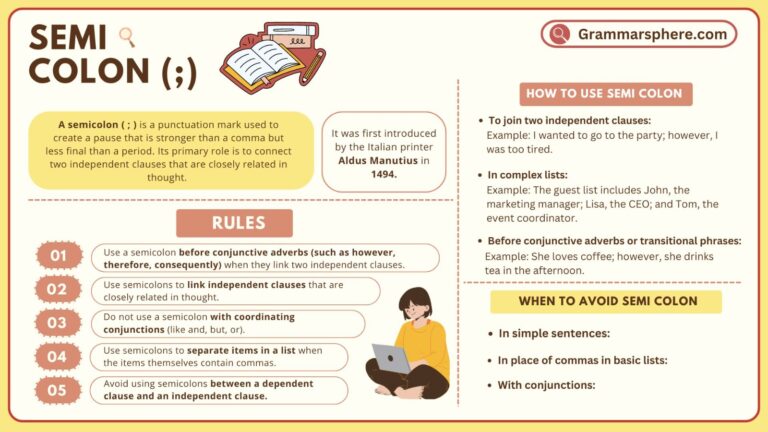

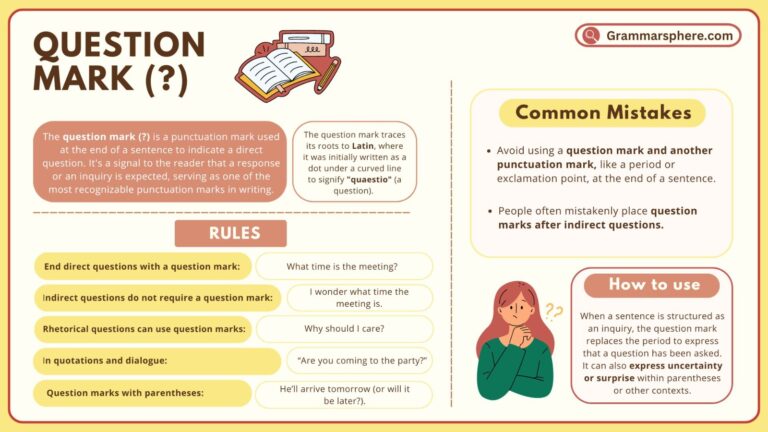
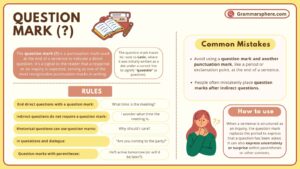
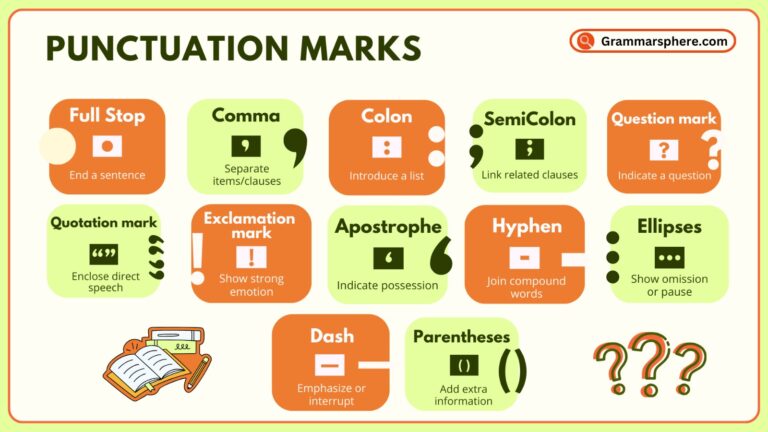
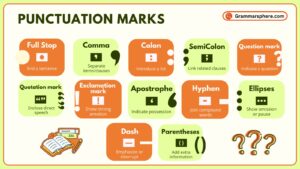
Leave a Comment